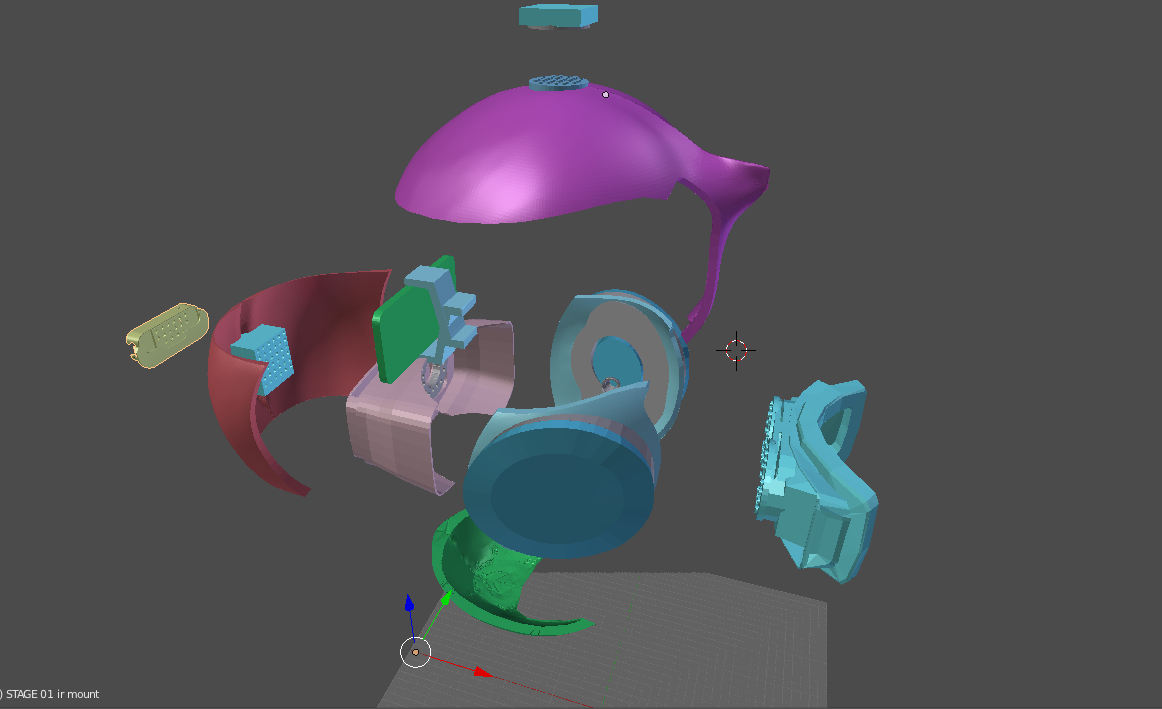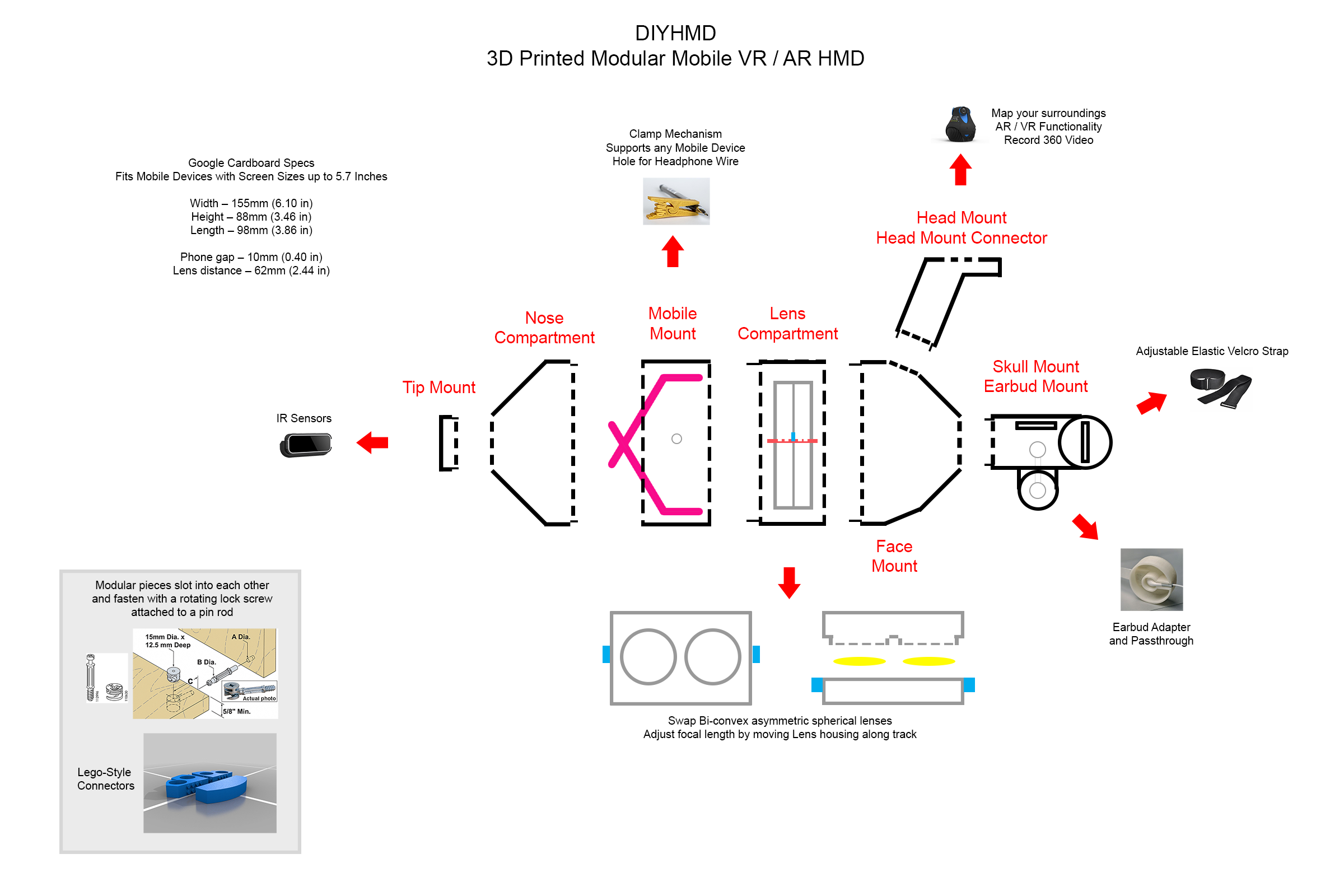-
DIYHMD V3
07/02/2015 at 02:24 • 0 comments![]()
The goal of version 3 was to revisit the modularity & alternate configurations by sketching them out in a more clear and functional manner before moving back to 3D.
![]()
Proper modularity would allow the HMD to function in a standard configuration, full helmet and anything in between. Keeping material costs in mind, the first step towards a minimal design was optimizing some of the surface area. This idea would become the swappable surfaces in V4.
![]() By visually representing some of the hardware a user might want to integrate at a relative size to the HMD, the proposed functionality of external component housings attaching to modular surfaces with the ease of building bricks seemed to be justified. It also helped present why a full helmet configuration might be wanted in certain scenarios.
By visually representing some of the hardware a user might want to integrate at a relative size to the HMD, the proposed functionality of external component housings attaching to modular surfaces with the ease of building bricks seemed to be justified. It also helped present why a full helmet configuration might be wanted in certain scenarios.![]() Supporting different configurations for different needs would provide choices to users and that is always a good thing. A user would be able to pick and choose components, while having the option to integrate their own ideas without having to design an entire HMD from scratch.
Supporting different configurations for different needs would provide choices to users and that is always a good thing. A user would be able to pick and choose components, while having the option to integrate their own ideas without having to design an entire HMD from scratch.![]() These designs needed to ultimately produce a tool that would actually be helpful to those wanting to prototype an idea or the hobbyist hacking together experiments for fun. Moving into V4, it was necessary to target testing these concepts in reality with a 3D design that could produce a functional physical prototype.
These designs needed to ultimately produce a tool that would actually be helpful to those wanting to prototype an idea or the hobbyist hacking together experiments for fun. Moving into V4, it was necessary to target testing these concepts in reality with a 3D design that could produce a functional physical prototype. -
DIYHMD V2
06/09/2015 at 03:58 • 0 commentsVersion 2's focus was mainly on the aesthetic design of the HMD, along with getting the proper dimensions in place for it to actually function.
![]()
My design philosophy at the time was, VR is not a passive experience between a user and their hardware, so lets embrace that.
Standard HMD designs always reminded me of a tissue box strapped to your face. A design that was born out of the necessity to fit base components into a minimal sized housing. This can be great and functional, but I wanted to do something a bit more bold and fun.
Having some surface area to work with would open up creative possibilities in both aesthetics and hardware configurations, so I started playing with a full helmet design.
![]() The initial renderings were ultimately not the right direction, but it did set the course for differentiating the design from what was currently out there.
The initial renderings were ultimately not the right direction, but it did set the course for differentiating the design from what was currently out there.This design did not address a few key objectives. Most importantly, it felt more like a fixed design that could be broken down into pieces, rather than a truly modular design that could be transformed into various configurations while supporting a variety of hardware.
![]()
As I made my markups on the V2 design, I realized it was necessary to go back to the drawing board in order to get back on track with the functionality objectives. This design just couldn't support all the different use scenarios I had detailed out, so that would be the focus of V3.
![]()
-
DIYHMD V1
06/01/2015 at 03:51 • 0 commentsI started the project with this simple sketch:
![]()
My initial checklist included:
- Overall Modular Design
- Universal Phone / Screen Mount
- Adjustable Lense Compartment
- Integrated Earbud Support
- Tip & Head Mounts
I broke it down into the 9 pieces that were most likely to need modifications down the road in order to support upgrades to major functions. My goal was to build a base which could be somewhat future-proof in that you could redesign to swap specific components like screens, lenses and sensors without having to scrap the entire unit when an upgrade became necessary.
My original idea for the modular connections was to use building brick compatible stubs to snap components together. The rotating lock screw and pin rod solution was meant to address the weight of add-on components.
The original idea for the universal mount was a clamp in the vein of an alligator clip or clothespin. Besides holding a range of mobile devices and screens, I didn't want to block any device ports or cameras.
The tip & head mounts were meant to address the addition of IR sensors, like the Leap Motion, and camera systems for environment mapping or video capture.
My last objective for V1 was to address the Augmented Reality functionality, which would be achieved through a mobile's camera or the passthrough function of an IR sensor.
It was rough, but it was a place to start building upon for V2.
 Brian Ferrara
Brian Ferrara
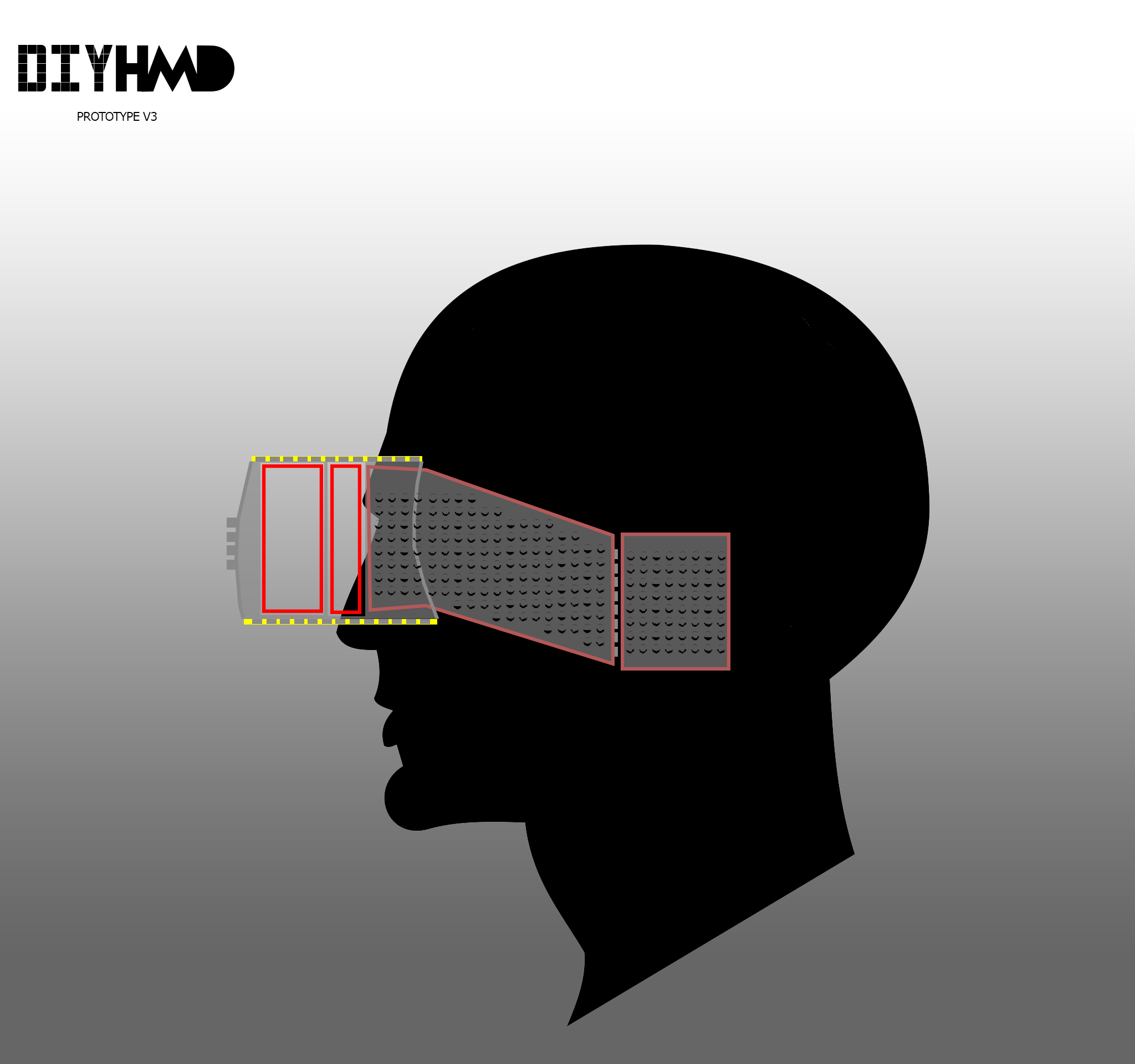
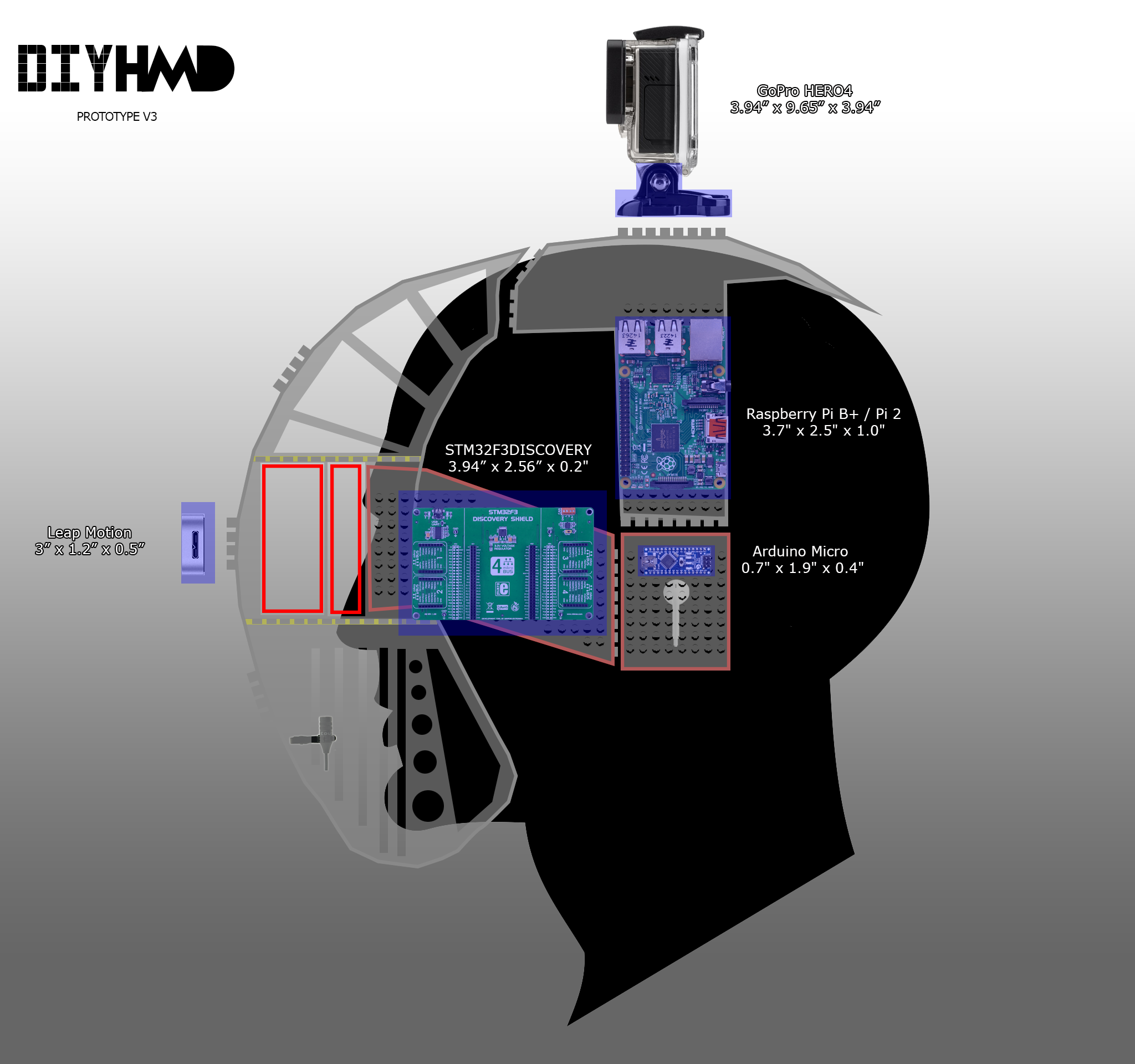
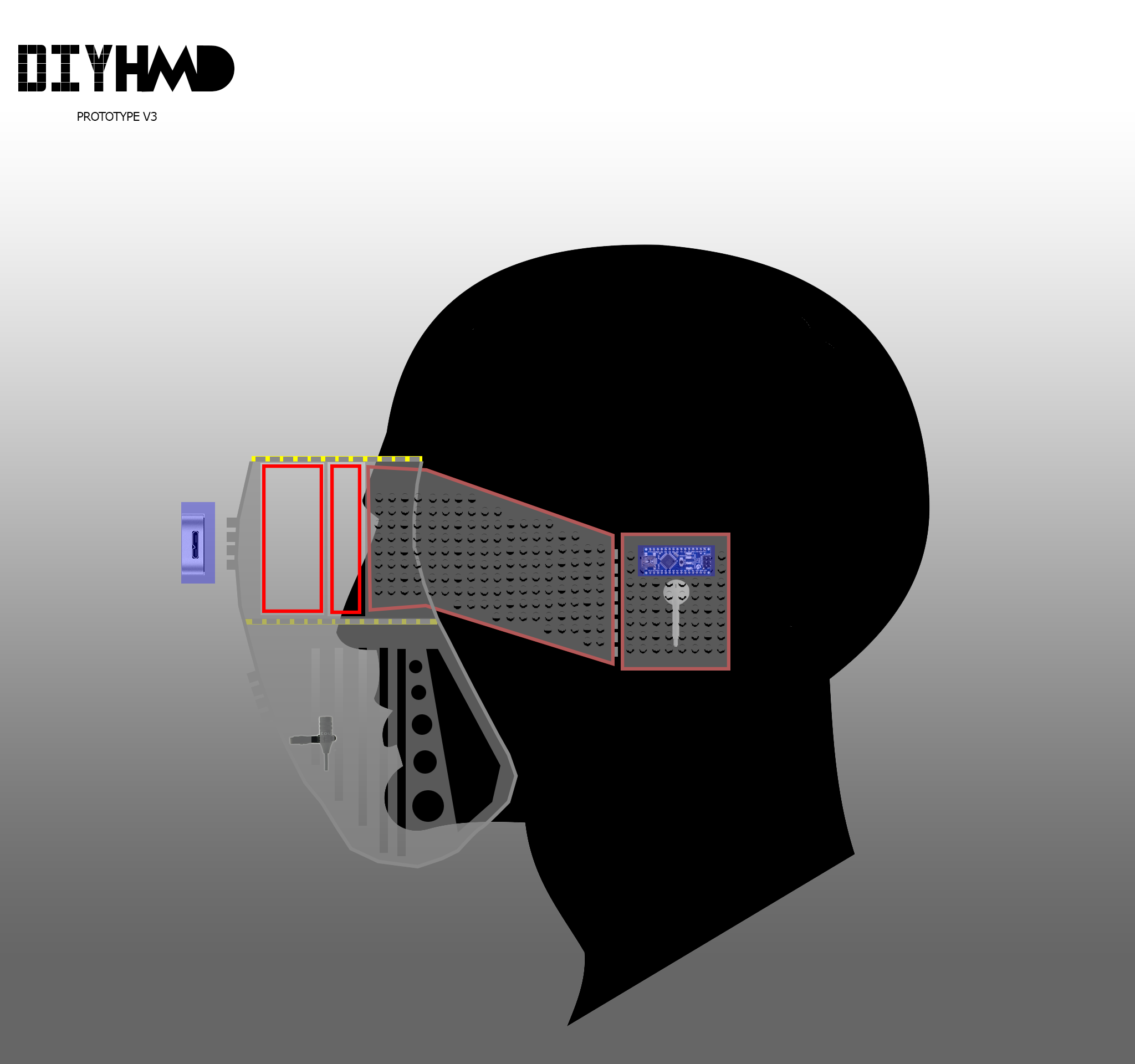
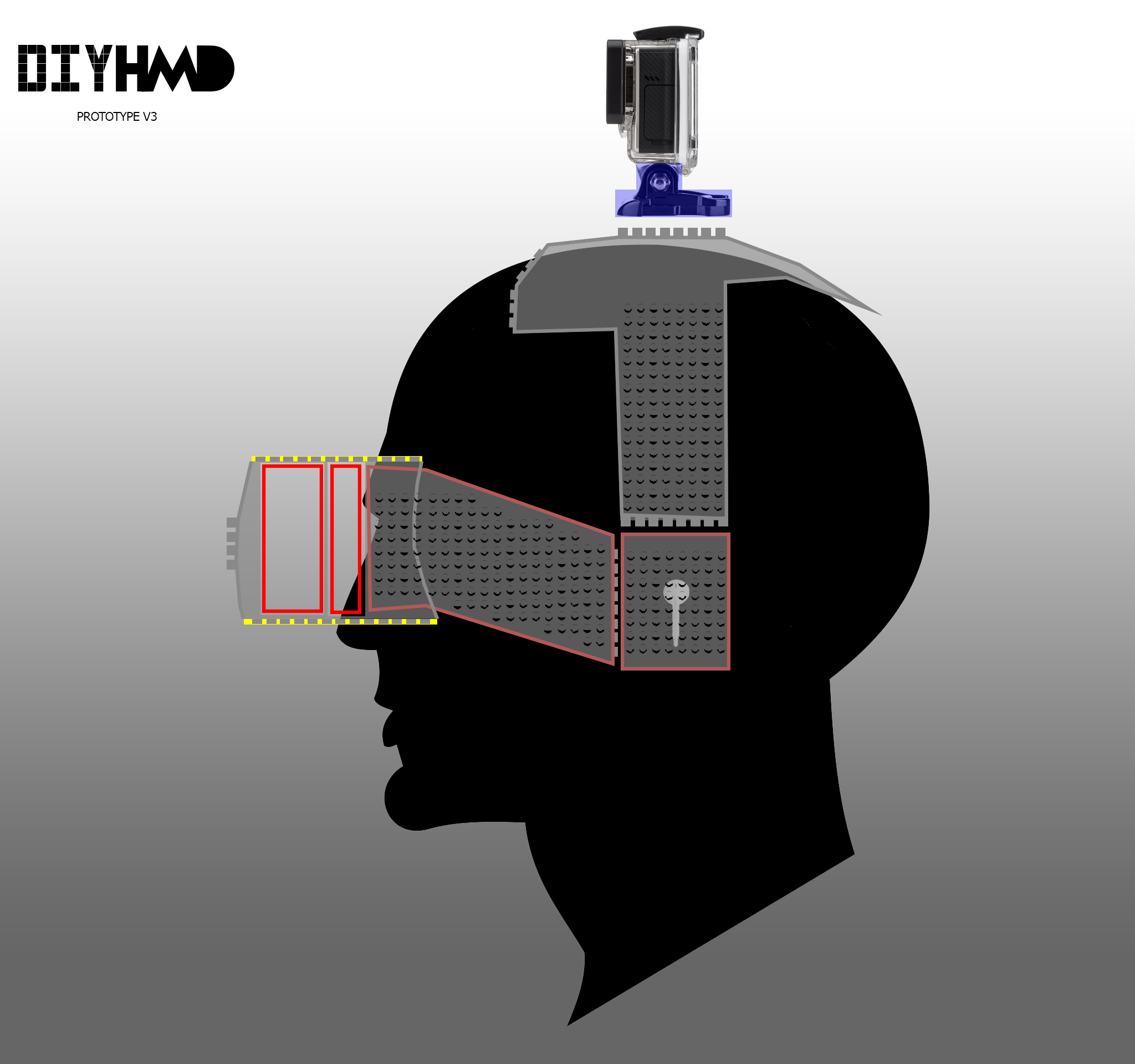
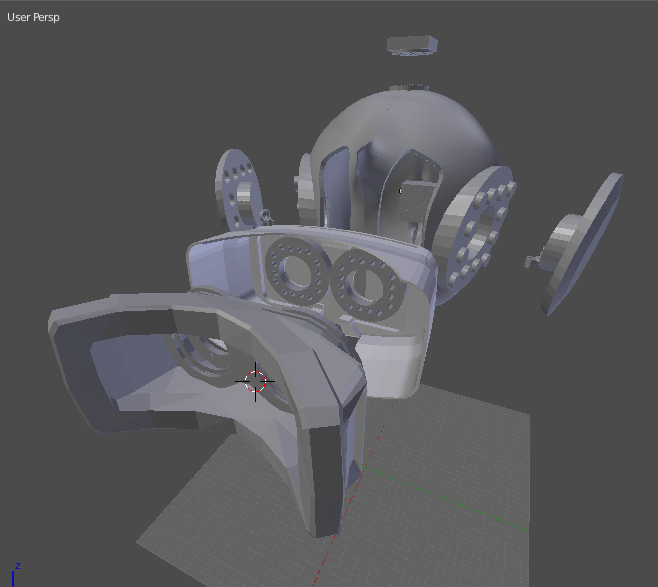
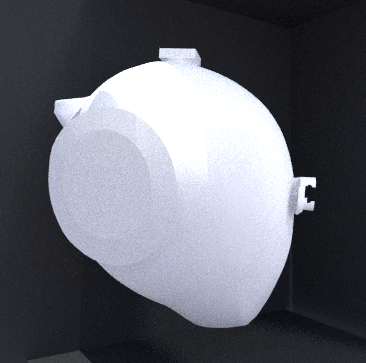 The initial renderings were ultimately not the right direction, but it did set the course for differentiating the design from what was currently out there.
The initial renderings were ultimately not the right direction, but it did set the course for differentiating the design from what was currently out there.